The bottling and closure manufacturing industries are going through significant transformation as U.S. legislation on plastic packaging evolves. At the forefront of this shift are laws specifically aimed at pushing manufacturers to innovate processes and products that are both compliant and less environmentally impactful.
Key Findings: Navigating Multi-State Sustainability Legislation
Closure Systems International (CSI) partnered with thought leaders and future changemakers to study the potential impact of U.S. legislation on plastic packaging and manufacturing. In collaboration with the University of Texas at Austin’s McCombs School of Business, LIFT, and the Global Sustainability Leadership Institute, the team analyzed how legislation across five states (NJ, MN, WA, OR, and CA) is reshaping the industry’s future in light of sustainability goals set between now and 2050.
Here’s a brief overview of the research:
“We are proud to collaborate with the University of Texas at Austin on this important legislative research initiative. By combining industry expertise with academic insights, we aim to drive meaningful progress in sustainability and foster solutions that benefit both the environment and our industry.”— Floyd Needham, President & CEO, Closure Systems International
Understanding the Landscape of U.S. Legislation
While complex plastic packaging legislation varies by state, several key themes are clear:
- Extended Producer Responsibility (EPR)
- EPR Policies look for effective ways for Producers* to manage their product lifecycles.
- States like California, Washington, and New Jersey are implementing EPR policies, which shift responsibility for recycling and waste management onto producers.
- Post-Consumer Recycled (PCR) Content Mandates
- PCR Content Goals include strategies to exceed mandated content levels.
- Laws are setting ambitious goals for the use of PCR content in packaging, targeting milestones like 50% by 2036 in states such as Oregon.
- Circular Economy Principles
- Circular Economy regulations emphasize reducing waste, reusing resources, and increasing recycling, aligning with global sustainability goals.
- CSI, for example, is a leader in developing innovative closure solutions that fit seamlessly into circular economy frameworks.
- Penalties for Non-Compliance
- Producers who don’t meet these requirements face civil penalties, sometimes accruing fines daily.
Key State Legislation Highlights
| California | Minnesota | Washington | New Jersey | Oregon |
| Requires 15% PCR content in beverage containers by 2024, increasing to 25% by 2025 and 50% by 2030.
Non-compliance penalties are enforced by CalRecycle, with fines issued daily. |
Aims to design products with minimal packaging to be reused for its original purpose at least 5x.
Goal: 90% reduction in disposed materials by 2045. |
Passed the “Plastics Law” in 2021, mandating 30% PCR content in rigid plastic containers by 2033.
Shifts recycling costs from municipalities to producers through EPR policies. |
Aims for 25% PCR content in beverage containers by 2030, in line with the Ellen MacArthur Foundation’s circular economy principles. |
Targets 50% PCR content in rigid containers by 2045.
Raises $500 million annually through Producer Responsibility Organizations (PROs) to bolster recycling infrastructure. |
Steps Forward for the Industry
As U.S. states continue refining plastic packaging laws, proactive adaptation and collaboration will be the industry’s guiding principles. Investing in research and development is essential, as innovation plays a key role in meeting post-consumer recycled (PCR) mandates and recyclability goals. Collaboration across the value chain is equally important; partnerships with academic institutions and sustainability organizations can provide fresh insights and practical solutions.
Additionally, educating stakeholders—such as consumers, retailers, and governments—remains critical for promoting recycling initiatives and encouraging sustainable practices throughout the industry.
Impact on Closure Manufacturing
Here’s how these legislative changes are transforming how closures are designed, manufactured, and distributed:
- Material Innovation: Manufacturers are exploring new materials to meet PCR requirements while maintaining quality and performance.
- Design for Recyclability: Closures must align with circular economy goals, ensuring they are easy to recycle or reuse.
- Cost Implications: Investments in technology and compliance costs are influencing pricing structures across the industry.
Adapting to the Changing Landscape
As new regulations continue to reshape multiple industry sectors, CSI remains steadfast in our unwavering commitment to sustainability. By proactively aligning with evolving legislation, CSI leads the way in driving meaningful environmental change through our integration of PolyCycle PCR, circular economy practices, and innovative recycling.
Learn more about CSI Sustainability Initiatives here. https://www.csiclosures.com/sustainability/
*A Producer is the entity responsible for placing a packaging product on the market under its own name or brand, including manufacturers, brand owners, importers, or retailers of private-label products, and is accountable for compliance when selling, offering for sale, or distributing such products within a state.


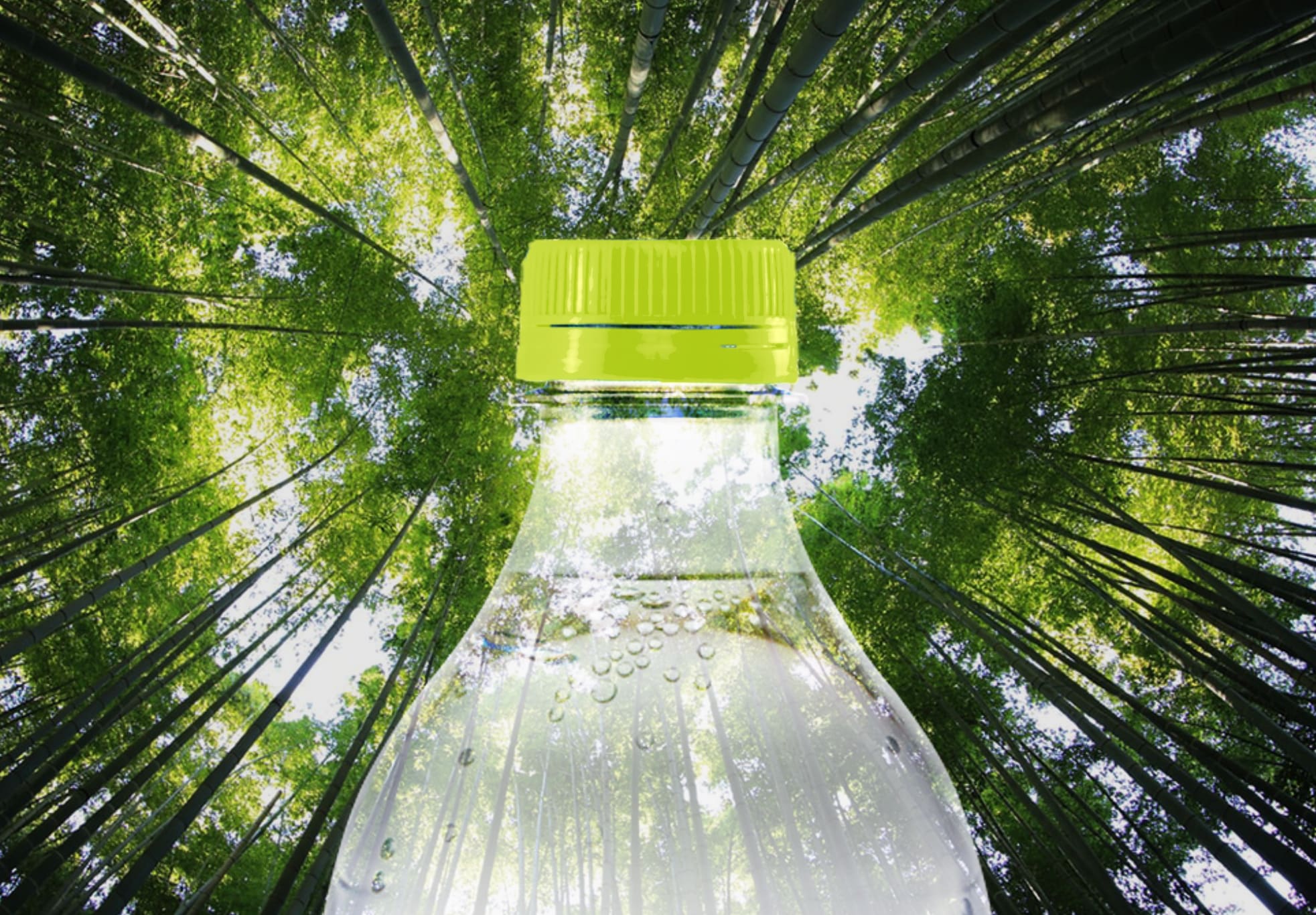
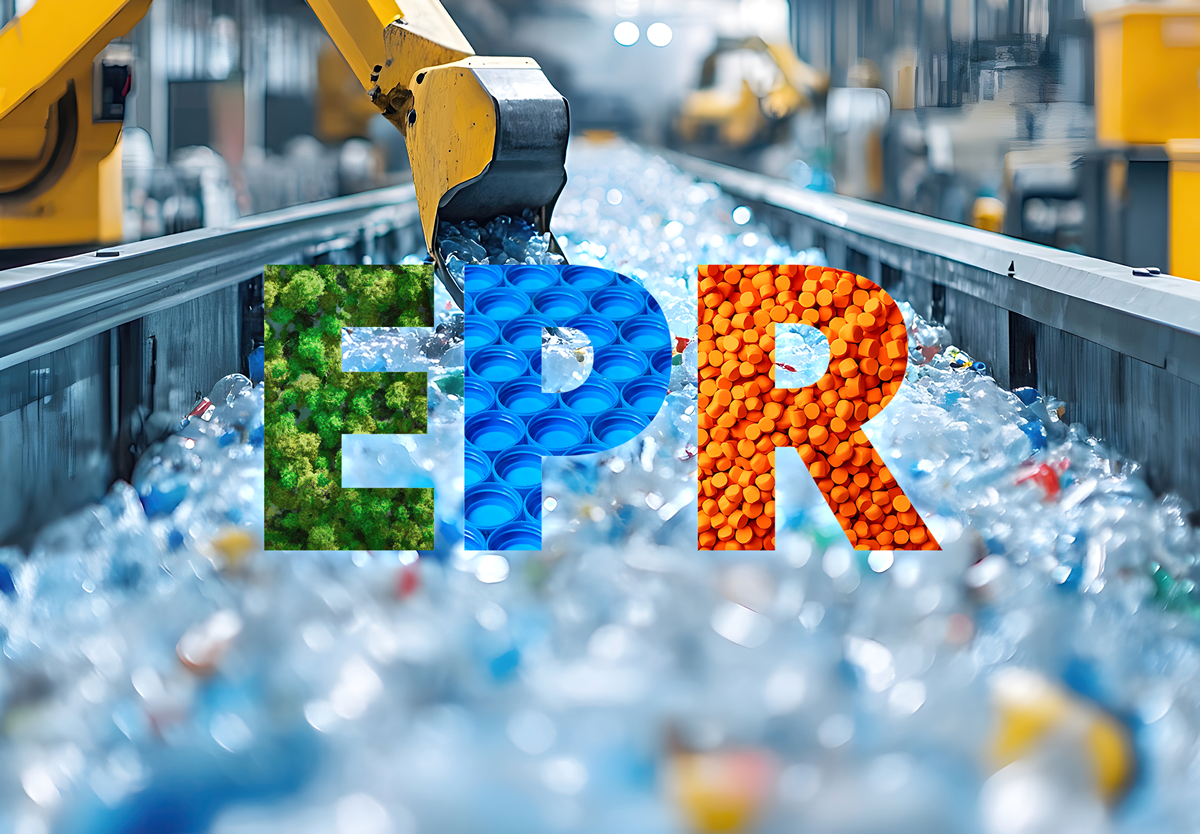

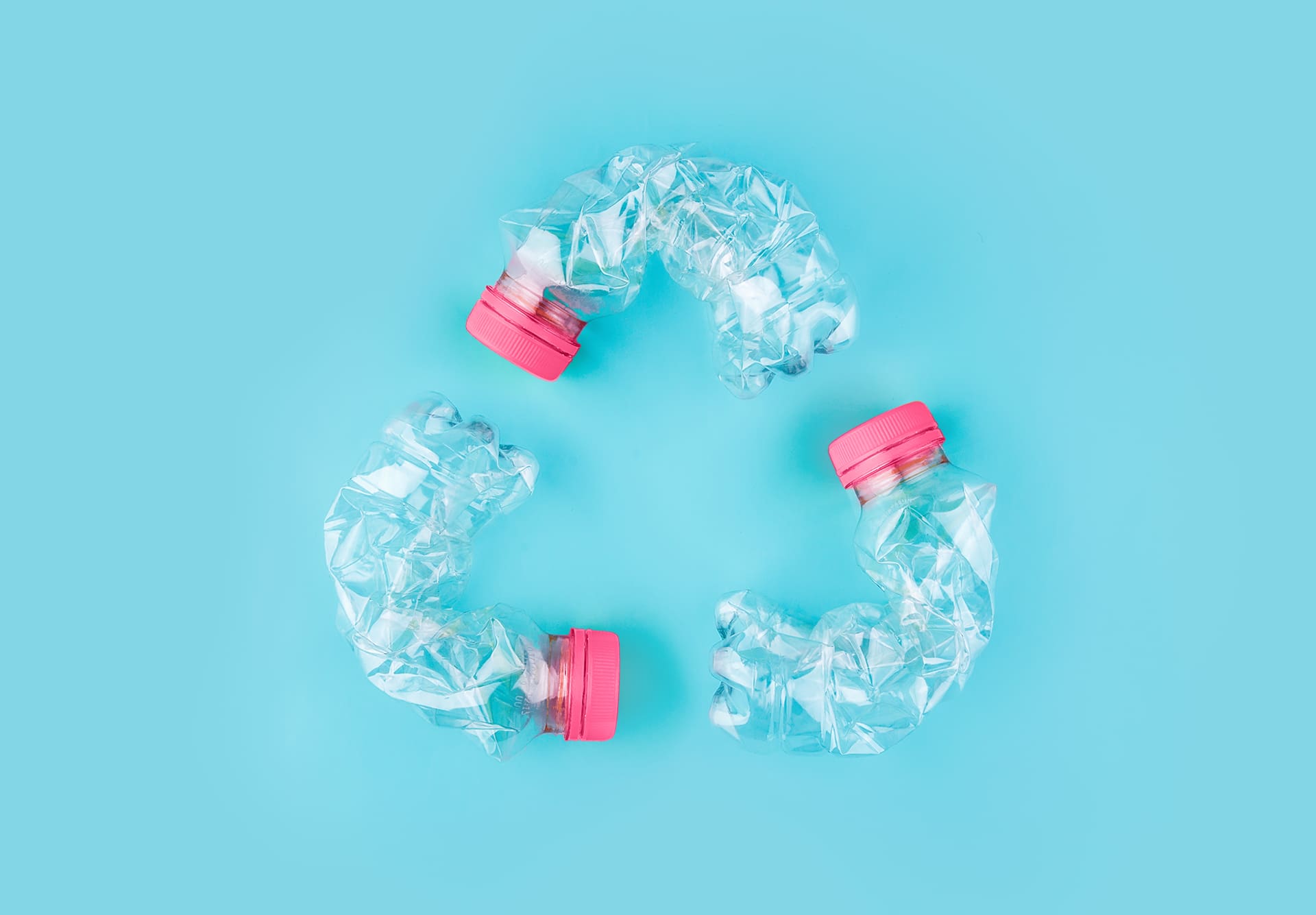

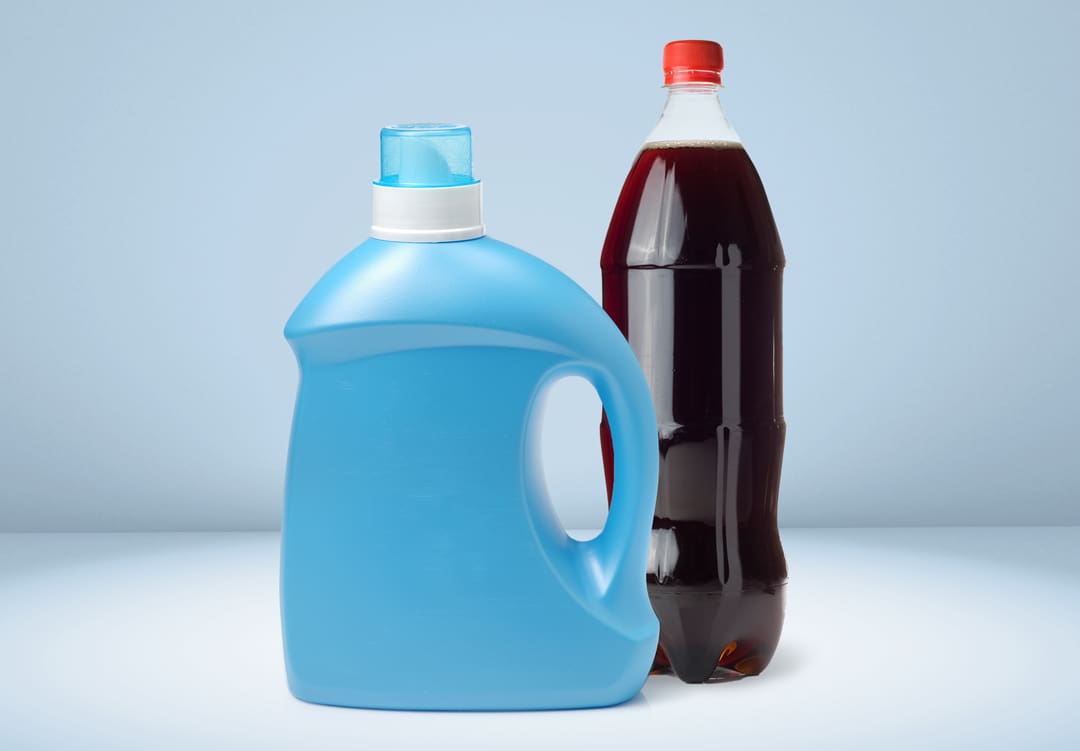
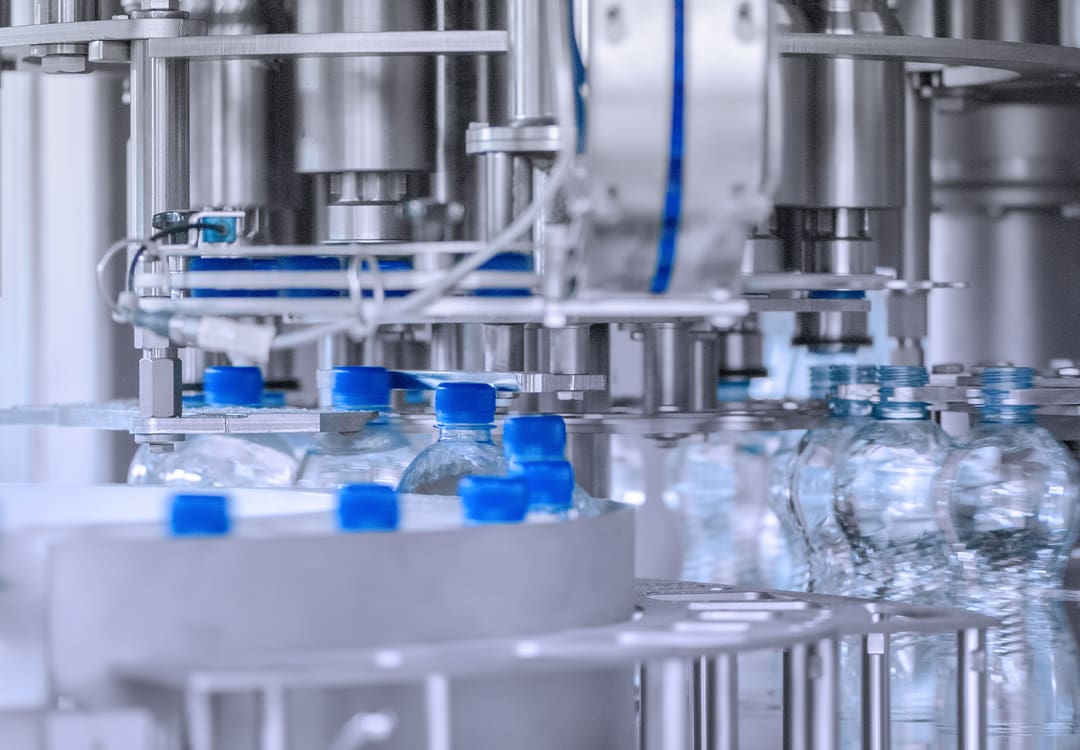
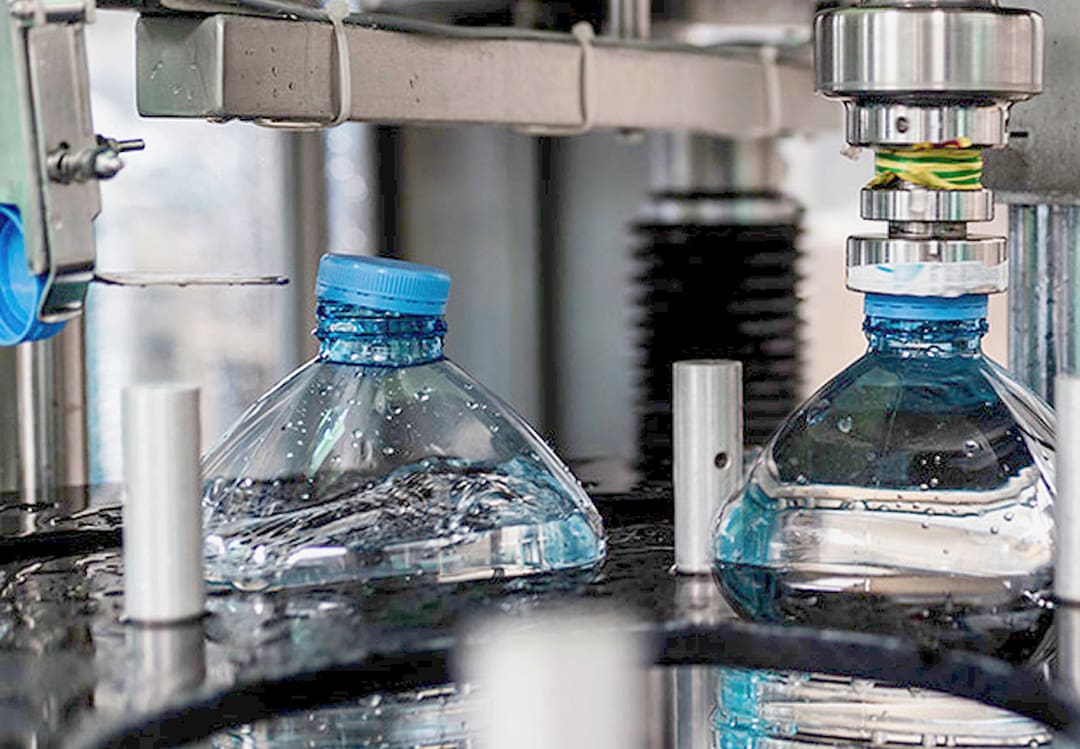

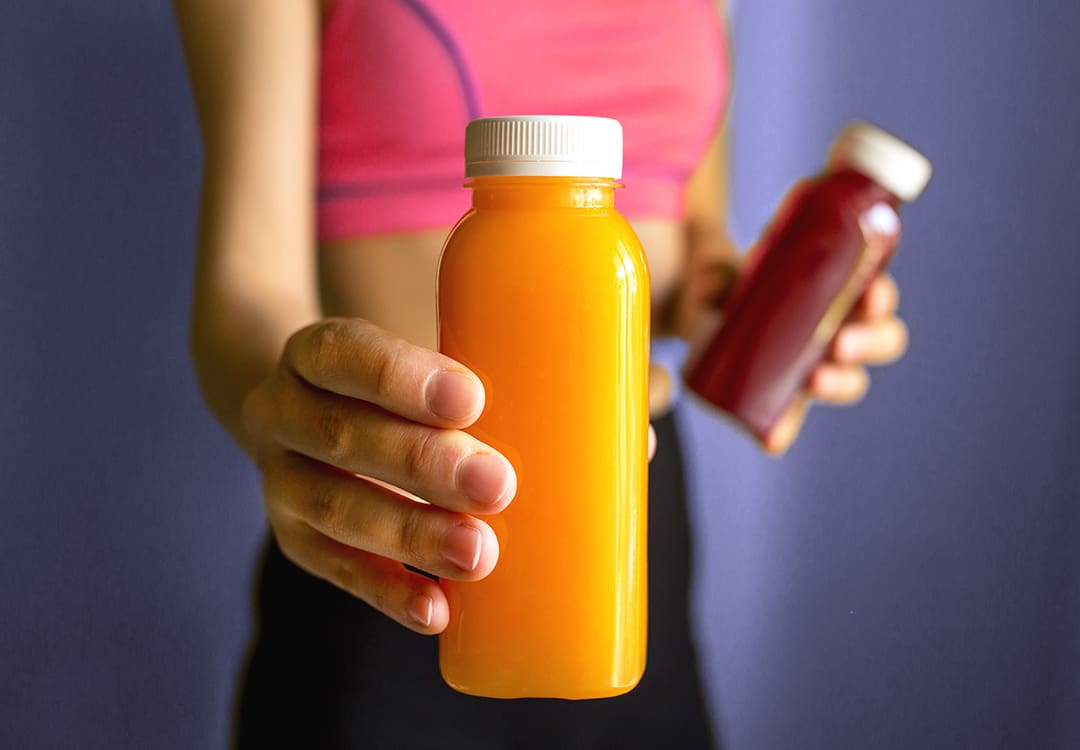

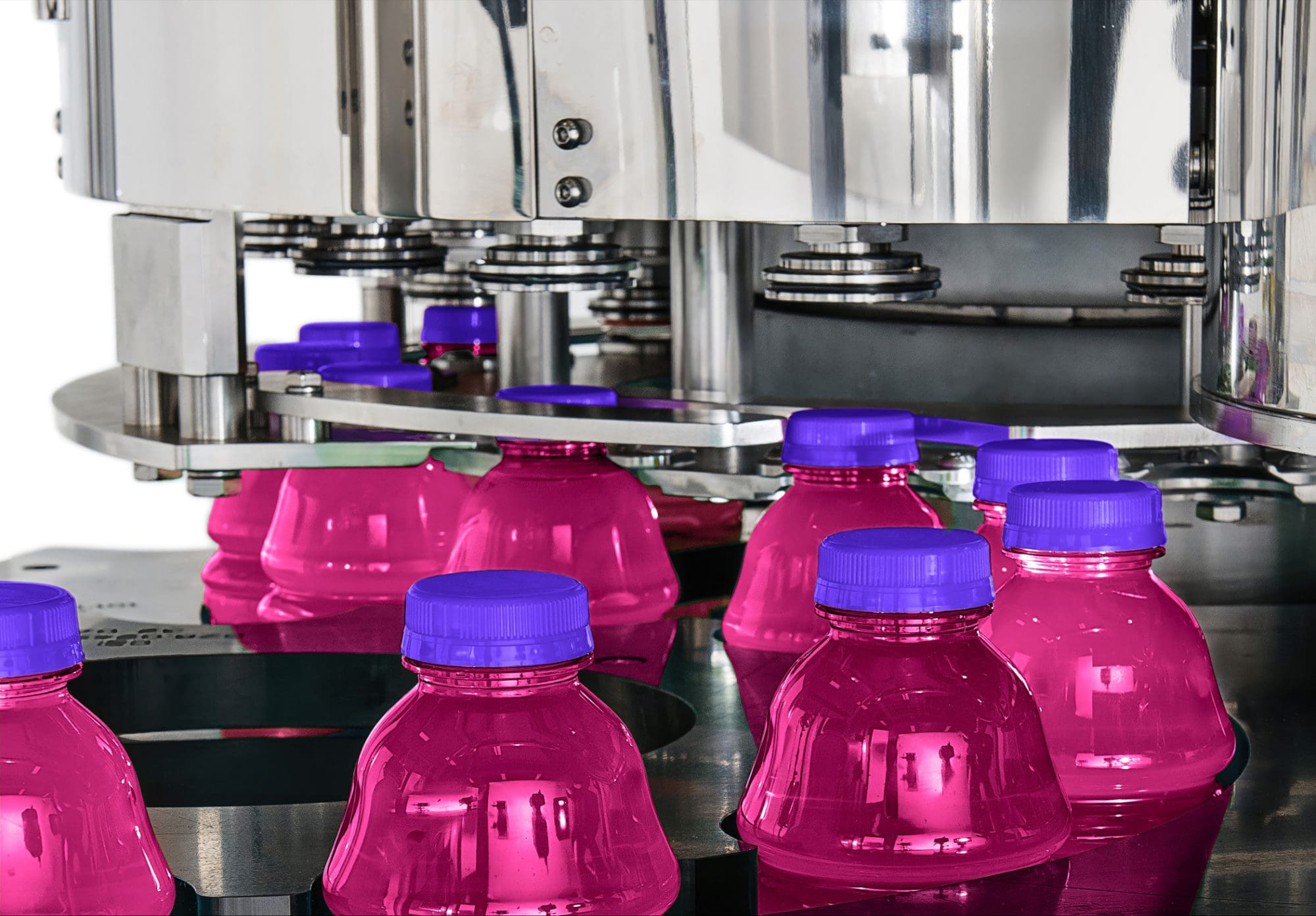
Recent Comments